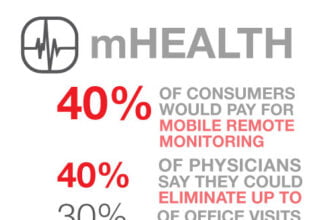In celebration of National Hospice/Palliative Care month, it seems fitting to point out the record growth in palliative care over the past decade. Increasing by more than 100%, these programs typically provide chronically ill patients relief from pain and stress. While hospice provides support for patients in the final stages of terminal illness, palliative care c
In celebration of National Hospice/Palliative Care month, it seems fitting to point out the record growth in palliative care over the past decade. Increasing by more than 100%, these programs typically provide chronically ill patients relief from pain and stress. While hospice provides support for patients in the final stages of terminal illness, palliative care can be delivered to children and adults in a variety of settings. In a nutshell, palliative care providers can address specific physical or psychosocial symptoms efficiently and reduce time spent in the inpatient ICU, oncology or outpatient setting. And by quelling a patient’s suffering and length of stay, quality, survival and patient satisfaction improve while readmissions and expense are minimized.
As noted in the recent AHA Guide, Palliative Care Services: Solutions for Better Patient Care and Today’s Health Care Delivery Challenges, the Joint Commission initiated a new certification program for palliative care in 2011. Based on clinical practice guidelines and national standards for delivering high-quality palliative care, the certification emphasizes:
- A formal, organized palliative care program led by an interdisciplinary team whose members possess the requisite training and expertise
- Use of evidence-based guidelines or expert consensus to guide patient care
- Leadership endorsement and support of the program’s goals for providing care, treatment and services
- A special focus on patient and family engagement
- Rigorous and continuous quality improvement efforts
- Processes that support the coordination of care and communication among all care settings and providers
With a tremendous void in the number of physicians trained in palliative care, nurse practitioners offer an alternative for palliative team membership, particularly in rural settings. Already proven to provide complimentary skill sets in the ICU, hospitalist and oncology settings, a recent Mayo study concluded that Nurse Practitioners were effective in bridging the difficult discussions regarding advance directives and improving patient’s well-being during treatment. And with these discussions, those advancing to hospice would be fully prepared for their next stage of illness. Regardless of provider type, a significant opportunity exists to engage patients in their mental and physical health. As noted in the Agency for Healthcare Research & Quality (AHRQ) video below, engaging patients through interactive media is instrumental in improving the palliative patient’s quality of care and life.







